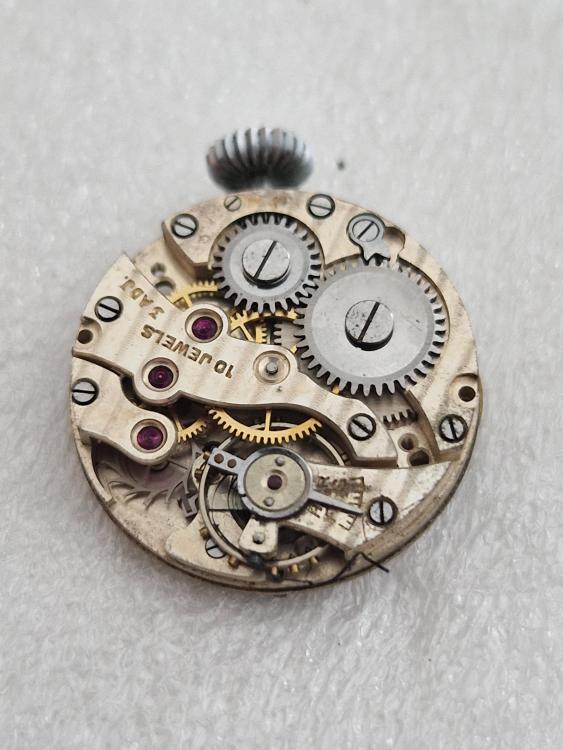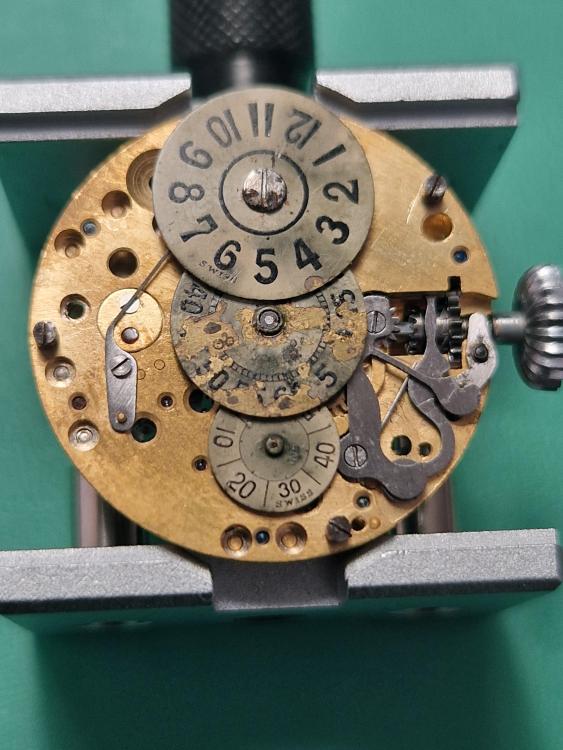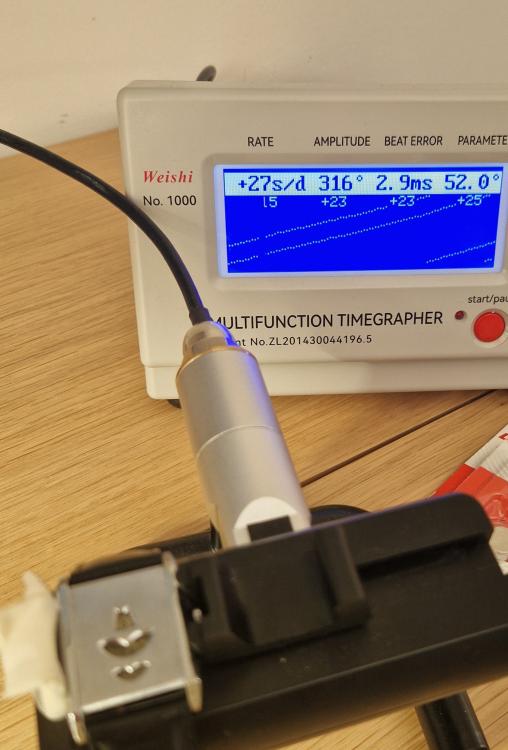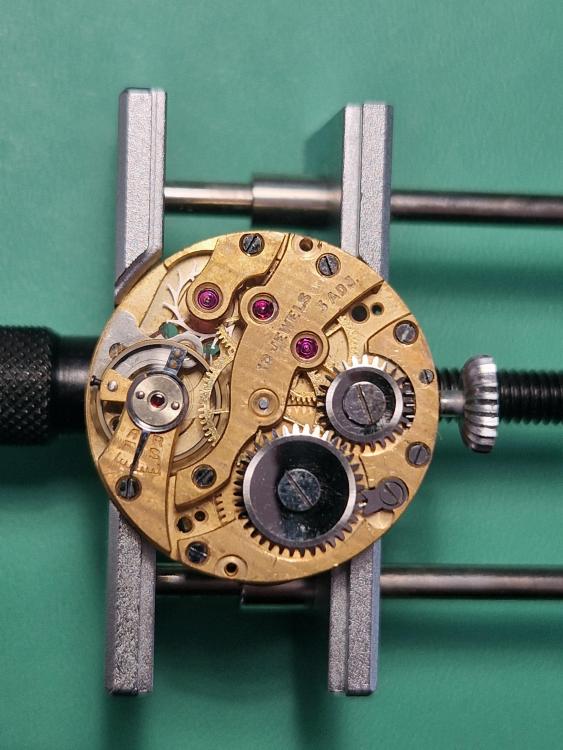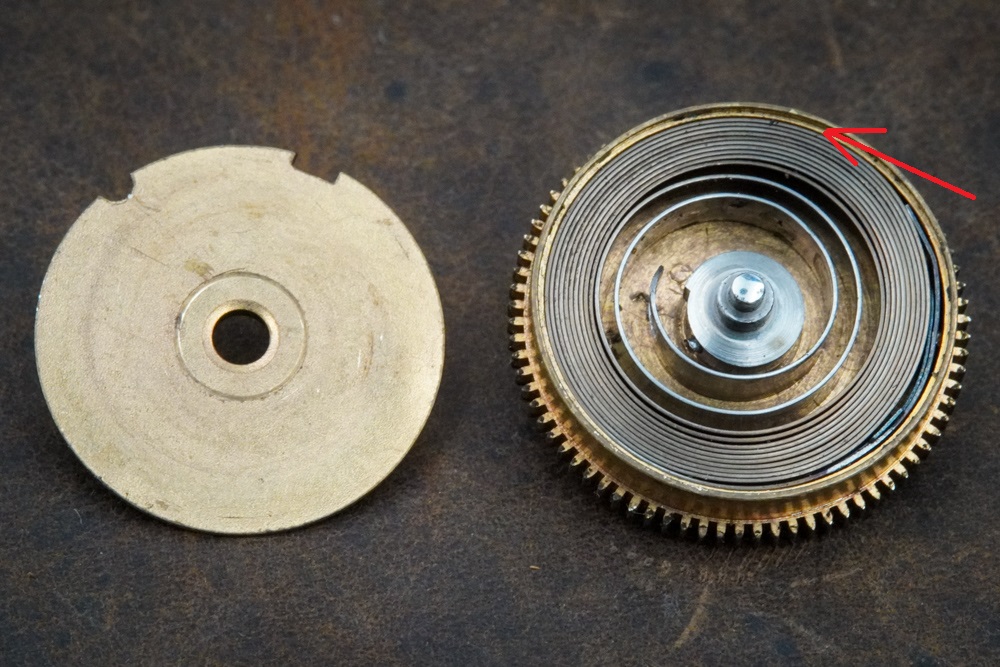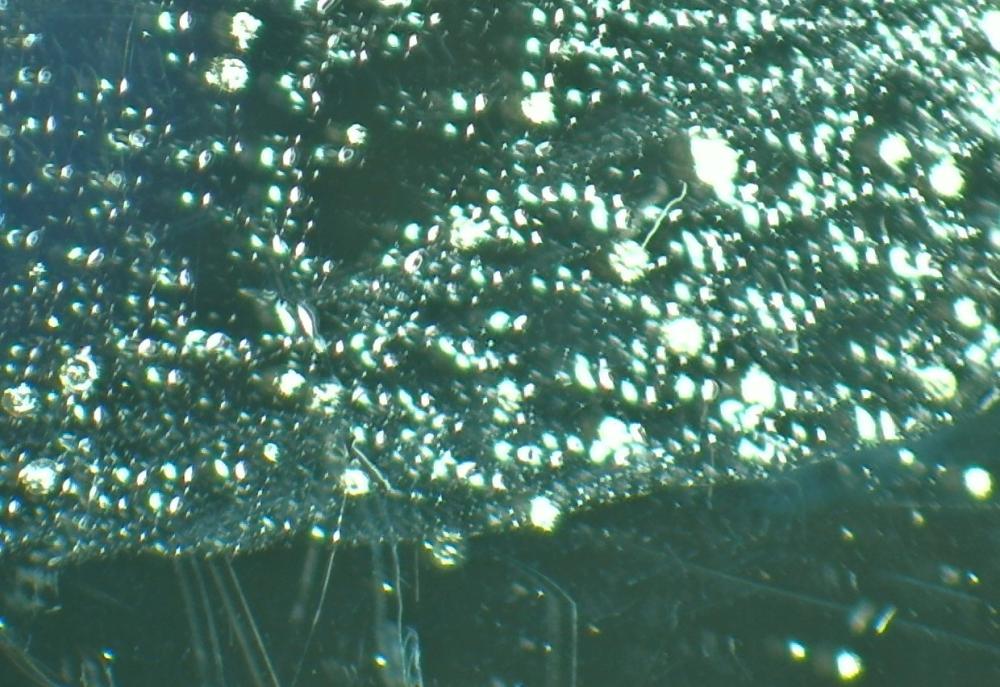Leaderboard
Popular Content
Showing content with the highest reputation on 06/15/23 in all areas
-
In 2020 a small property went for sale in my small town. It was nothing more than an agricultural warehouse without even a firm floor, made of piled up blocks and with an uncertain roof. But the price was right, and during that time having a project or a reason to leave home was an attractive perspective, so I bought it. The ugliness was demolished, foundation and construction quickly started. By Christmas '21 most work was completed, minus doors and windows, the exterior, electrical, plumbing and what not. I took my time to refine it the way I wanted, and last summer I was using it already for what you see, an hobbyist machinist and general repair and 'making' work. The building is actually designed and intended to be a small home, by regulations is resistant to earthquakes and highly energy efficient. I plan to add solar panels and an accumulator as soon is convenient. Heating/cooling will be with a split Inverter A/C, with floor units in each room. I haven't installed yet because in our climate and the efficient insulation one does well even without it. I've arranged the unit for the purpose of doing stuff for my own interest and business, as well to service the local trade which may need turning, milling, sharpening, and the like. There is virtually nobody else doing that for quite a distance around. Above is the garage room, the leftmost in the first picture. Everything is on castors, so beside re-arranging as I want, I can also store a medium car in there. Currently I'm about to restart a vintage universal milling machine (the dark grey one), which has suffered a road 'accident'. Also a largish vintage lathe is supposed to be coming and be restored to working order. The other room with the entrance door is predisposed to be a kitchen and living room. This space is better suited for light mechanical or electrical work, studying and designing. In the middle on the left is an half bath with mezzanine storage above it, and on the back is a large bedroom and a spacious full bath. These are still unfurnished, so no pictures. After much fighting, I managed to get basic ADSL Internet, so I can also watch Youtube videos, buy more stuff, or conducing other online business. Still there are so many details that I want to add or improve, but all in all I feel well rewarded for the time and money spent. Time goes fast and for as much work one does, there is always more. I have few machining projects lined up, and hope to get more also. Because of all that I had to place watchmaking on the back burner for now, but have no intention of quitting it. I want to thank the forum friends that had asked about me, and send friendly regards to everyone.5 points
-
Working on this OVIVO I picked up as part of a lot sale - didn't make it into the 404 club as it worked out to be $8.71. and looked in good shape: And I was very happy when I opened up the back as the movement looked like it hadn't been touched: And the dial was in even better shape BUT....... then I noticed the ratchet wheel have several teeth missing: And then I noticed that the click spring was missing and there was a lot of rust hiding under the ratchet and crown wheels. Fortunately I found a replacement ratchet wheel in my bag of spares and I fashioned a new click spring, I steeped the rusty parts in rust remover solution and they came up well, then off to the watch cleaning machine with my home made cleaning fluids. Next I assembled the train of wheels and everything on this side and all worked well, without any adjustment the amplitude close to 300 and rate was 1 sec/d with +/-5 beat error, very happy for this as a starting point, and all luck not skill. Will complete the dial side tonight, and put some of my new blue lume on the hands and then case up - hopefully there are no more hidden surprises, and I can post complete pictures tomorrow!4 points
-
Hello, I have tried to read as much of this thread as I can, to try and understand what the issue is and maybe I can help. If I was handling this, I think someone mentioned early in thread, and I agree, try to isolate each component of the assembly first before installing something else. I can try and walk you threw some checks first. I would dissemble the watch and test and inspect each component first. The balance I would start with first, only the balance complete and bridge, next the pallet fork, also if you have worked with the shellac and adjusting the jewels, I would check to see if the shellac is rubbing against the mainplate, this is often over looked and too much shellac is in the wrong place. Next I would install everything except the pallet fork and balance to see if you get some back lash in the gear train showing that the friction and lubrication is good. Then install the pallet and check the motion and depthing for every tooth of the escapement wheel with only a little power. Let me know how this goes.3 points
-
I concur with you, in that we can check each component and their engagement with adjacent ones , as we disassemble and reassemble. To add to your check list, we should check if fork horns don't rub on the roller table. Besides good magnification, if delta in DU & DD amplitudes or oscilating time is excessive theres a fault to be spotted and fixed before re-assembly, theres also the guard pin to check/ adjust. Making a habbit of this approach , saves us a lot of guessing time when the piece finally gets on timegrapher.2 points
-
This is back to where experiments should be tried. So on the watch your concerned about too much lubrication remove the pallet fork rinse it off in your favorite rinsing solution. Now put your drive pallet fork back in the watch and the lubrication on the escape wheel should transferred to the pallet stones. In other words you now will have much less lubrication and see if that makes a difference at all. Oh and thinking about amplitude specifications from the factory do we actually have to follow the specifications of what they do to get the amplitude or can we do whatever the heck we feel like? If you read carefully is another specification on lubrication of the escape wheel were typically they tell you if it's gone it can't be replaced and you should just replace the escape wheel. Yes there once was a kit to apply the lubrication but no no one ever knew the price could as you probably have a heart attack was complicated. So basically replace the escape wheel what am I talking about I've attached a PDF. Basically any time you can find technical specifications of the modern Swiss watch you will find epilam literally used everywhere including the balance staff and this is applied to the escape wheel. Although Omega on the lubrication guide does give specifications for lubrication of escape wheels with out this but it doesn't say how much decrease in amplitude you will have if you're missing this or whether it changes the specifications of things if it's missing. Oh and while you're looking at the spec sheet look at the second page towards the bottom basically example number two make sure you're sitting down it talks about cleaning things like rinsing the pallet fork in what exactly industrial was that word I see? I wonder what industrial alcohol is anyway? Yes you're describing basic troubleshooting. Basic troubleshooting tends to often be lacking in that the assumption is cleaning will fix everything. So basically what you describing should be done for every single watch making sure that you get power through the gear train making sure you get power to the escape wheel the pallet fork the balance wheel as opposed to I put it back together and it doesn't run at all I wonder why? Oh and then adjusting the shellac and the pallet stones isn't part of the normal repair. Checking the escapement which is easy to do when your lubricating it to make sure that the escape wheel is supplying power to the fork that is something you do with every watch. ypically there is no need to play with the pallet stones unless there is some sort of problem. Then if you do play with the pallet stones you really do need to understand exactly where there supposed to be and that's not some arbitrary it looks right they have to be in the proper place for each watch. Otherwise you're going to have issues. ETA No 29 Lubrifar 7.96.PDF I don't suppose we can have a picture? When you're looking at your roller jewel/impulse jewel yes the fun of watch repair different terminology. When you're looking at it out of alignment is it movable? Normally on anything vintage you always would check to make sure the roller jewel is still locked in place. Because the shellac with time for variety reasons no longer does its job and having a loose roller jewel is an issue. So you can just gently push on it you can grab it with your tweezers but you want to be careful not to break It and make sure it's still glued in place basically. The problem with out of alignment is that the clearance of the jewel in the fork slot is extremely small. Side of alignment will mean that that clearance may drop to zero that would definitely be an issue.2 points
-
Hey 404 peeps. I have here 4 candidates for the club and 1 just over. Local carboot, my regular Thursday haunt has yielded more goodies. Revealed before my eyes from a Tesco's carrier bag, a dozen or so junk watches but amongst them 3 beauts at a pound a go. A Smiths Empire, a Chalet and a gold plated something trench style watch, yes 1 whole pound each and believe it or not all runners. No idea what the Chalet or trench watch is yet, no markings inside, but both look like half decent movements, so more to be discovered. If the TG is to be believed then the amplitude of the trench watch is 300 and it does look like the balance is motoring and this is the one that is drawing my curiosity the most as its really nice inside . No. 4 is a diddy Art Deco french alarm clock at 3 pound and finally pulling in at a fiver a jeweller's vice with a patent date and year of 1901.2 points
-
yep I'd reface, I got a job lot of old pallets off ebay once and then started practicing, basically I measured the thickness of the spring that I was using, then scored a line onto the pallets to that thickness, I annealed the faces to soften them for filing and filed down to the scored line, then soldered the new faces on and polished them up. It did take a couple of attempts before i was happy with the result but its not too difficult2 points
-
Is anything in watchmaking ever easy? So, I need to add metallurgy to metrology, stereotactic brain surgery and an ability to cuss fluently in half a dozen languages. I'm truly doomed.2 points
-
Hello everyone! This 1930s non-branded jump hour watch has been my project for a month or so. The balance spring was broken and the balance wheel wasn't staying in place. One of the old-school cap jewels was broken. And DIRTYYYY! During cleaning, the plating on the movement parts came off... I then had to clean it again several times to the get it off completely. Another non-running donor AS 574 movement helped with the broken cap jewel, but the hairspring also wasn't doing so well... I managed to get another balance replacement from the UK -- which arrived today. So this afternoon was the big moment to finally put the last elements together! And it runs well! To be honest, the timegrapher screen looks better than it really is. It fluctuates quite a bit over the course of a few minutes. The amplitude goes up and down between 280 and 315 (dial up, fully wound) and rate between +40 and -30. Must be a bent pivot (where the second and minute discs are directly attached). But I think it averages out. I'll wear it a few days and see. Not sure if I'll tackle the beat error. Since I have manipulate the collet of the balance spring, it feels too risky. I doubt that I'll find another replacement if I slip... It's a funny mechanism, I must say. The seconds disc is directly stuck onto a prolonged seconds wheel pinion. The minute disc is directly stuck on the canon pinion. And the hours disc is just screwed on without any connection to the movement --- it is moved by a tiny "thorn" on the minutes wheel and stopped from spinning by a special spring. When the "thorn" of the minute disc engages with the hour disc, the movement clearly struggles a bit with the resistance -- for about 1min, the rate goes down to -300sec/day and the amplitude drops by 50°. But as soon as the hour "jumps", the movement recovers quickly. Next will be an effort to restore the minute disc. Original state of the movement with broken balance spring (etc) and its original colour/plating2 points
-
1 point
-
Early in the thread, there was a mention of adjusting the pallet stones, just wanted to get a double check that you got it done correctly1 point
-
The problem with watch repair is that in order for us to help you you are the eyes on the field you have to describe the situation if were going to troubleshoot the watch for you otherwise you need to learn how to troubleshoot the watch yourself were just here to supervise and give you pointers and tips. We can't see the watch to determine where the problem is. So have you determined where your problem is yet?1 point
-
Yes they figured out things easier with time for instance the ESA 9162 Phasing is interesting. They give you a little test plug you put it in and you just the fingers to be in the proper place for the plug you remove the plug you put the watch together and if you're lucky it might just run otherwise you barely tweak the phasing screw. Plus the electronic part is separate from mechanical part Oh thinking about phasing I've attached a couple of things. The article on basically where the factory way back when was servicing the watch to run at a much higher voltage so silver cells for the most part shouldn't be a problem. Even the specifications sheet shows that the high-voltage phasing voltages much higher than it says in the service manual itself. 1996-08-web horological times Accutron silver cells phasing.pdf Accutron_Specifications.pdf1 point
-
Have you tried blowing on the balance wheel with the puffer (pallet fork removed) to see how long the balance swings? That will tell you if the problem is the balance1 point
-
Get her a new husband. She deserves the best.1 point
-
Yes we do, I see too many people getting hung up on these things sometimes, I like you have seen the joys of over oiling mainsprings and I have found that sometimes the oil doesn't release the spring every now and then, almost like a high point, but anyway as you say we all have our own ways.1 point
-
Always best to do a search in the computer before looking for something physical to scan. Then I see the number two at the very end of your number which technically the manual does not have? Accutron 224 ServiceManual.pdf1 point
-
For unknown reasons the 219 service manual is incredibly hard to find. But I was sure that I had a PDF in the computer doing a search revealed A two-part PDF and the quality sucked. So I was thinking what would be the chance that I could figure out where my physical copy is and find it without searching the entire section. Fortunately I guessed correctly. That's now been scanned and attached as a PDF and much more readable condition than the previous thing I downloaded. I think it will answer the questions you have testing the various components etc. Accutron 219 ServiceManual.PDF1 point
-
I think we all have our own ways. Now Tommy Jobson who is at the very top of the tree when it come to clock making he has a youtube site uses a spray on lubricant.1 point
-
This is where I respectfully disagree with OH on oiling mainsprings, i was taught by my mentor and the BHI to use Moebius 8300 grease for mainsprings. I use a round piece of metal approx 3mm thick and dip that in the grease and and spread it around the spring. Cousins do state that new springs are already lubricated but i always lubricate before fitting. Although Windles as a clock oil for pivots etc is excellent and I do use it, even though the BHI state D4, which I also use.1 point
-
Yes I always oiled a new spring. When it comes to oil, for clocks use Windles clock oil it is the best.1 point
-
Sure a lot of ink on such a mundane topic. When are we gonna talk about puffers?1 point
-
That Aliexpress tool is basically a very small upside-down block plane, which is the way many people sharpen their shop pencils.1 point
-
I'm always wary of anything which refers to a "Joy" machine. The last time I bought one, it really wasn't what I was expecting. The wife still keeps it in her underwear drawer, I guess for sentimental reasons1 point
-
1 point
-
I work in oak primarily and had some offcuts of this https://www.howarth-timber.co.uk/plywood-white-oak-veneered-single-side-2440-x-1220mm/. Sanded off at the edges and only needs to be 10cm by 10cm for my purposes. I had 6 ply, but for this, 3 ply would do. Ive found that for me, by supporting the last cut, subsequent ones are more accurate and less likely to result in tip snappage.1 point
-
A glass spindle shaper. Soldering gun for soldering the lead joints. When i began work as a joiner some 40 years ago, i spent years replacing windows, the top lights of pre war house windows were often stained lead lights as we called them. We had buyers for them that shipped them off to America who probably made 10x what we were paid. Bloody shame, if i knew then what i know now i would have kept them here were they were made.1 point
-
I always have trouble buying things for my wife. She spends hours doing cross stitch and (for whatever reason) wears two pairs of glasses. I would think that a head-mounted magnifying visor would be something helpful (one with a mounted LED light) but she won't even try mine. Is she actively doing either of these past times now? There is a gizmo called a Cricut that can be used to cut intricate shapes that might find a place in a complex quilt?1 point
-
1 point
-
I just did an experiment (I love an experiment ) @HectorLooi to test your theory about fluid remaining in the jewel holes. I put the mainplate back in to the rinse for a minute, blow dry with a puffer, then 30s IPA. Result = small deposits around the jewel holes. I then repeated, but after the 1 min rinse, I made sure I blew the solution from the jewel holes. Result = almost clean jewels. So slight contamination in the rinse, and IPA ? So I used fresh IPA for another 30s = clean shiny jewels. I wouldn't expect fresh Elma Suprol Pro rinse to leave a residue, so I just put a large puddle on a mirror and evaporated it off. Result - I can't see any residue. I then repeated with Elma WF Pro cleaner - as you can see, it leaves an oily residue which beads-up like the deposits on the jewels. Conclusion. The deposits are not due to pure rinse solution. Maybe the cleaner solution, or a rinse (contaminated with cleaner) is remaining in the holes and only gets cleaned out in the IPA. It's only the small jewel holes where I see the problem. The larger jewels where the solution is unlikely to remain don't show the problem. So from now on, I'll make sure the jewel holes are blown clear after each step, and change my IPA more frequently1 point
-
By removing the pallet fork you will be disconnecting the balance from the rest of the escapement. That way you can pinpoint issues with the just the balance by itself as you have mentioned a fault with the hairspring instead of it having interference from the escapement which may be adding additional issues. Deal with function groups separately so you can eliminate other function groups from the cause of the problem. So to summarise, remove the pallet fork and continue with your focus on the balance assembly .1 point
-
Bergeon Platax No. 2677 How to Guide.pdf Bergeon Platax No. 2677.pdf Background In the old days, before shock protection, I’m sure replacing balance staffs was one of the most common tasks for a watch repairer. They probably replaced several staffs every day. There are many ways to remove a balance staff. One very convenient and quick method is to use a Platax tool. However, this method is considered a destructive method by some repairers, meaning you can only replace the balance staff so many times before the hole in the centre of the balance wheel will become too wide. You can read a more about it here. I guess I would think twice or trice before using use a Platax tool on a Philippe Dufour balance. Anyway, for my standard ETA, Sellita, Unitas, Vostok, etc. balances I have no reservations about using a Platax tool. One dilemma with the Platax tool is that it has been discontinued by Bergeon (No. 2677). The offerings on eBay are few and far between, and as with everything else Bergeon, they are silly expensive. I would feel a bit embarrassed to let you know what I paid for my used copy which probably has seen hundreds if not thousands balance staffs in its life. Anyway, as with most everything else Bergeon, the quality of the tool is second to none, so I’m pretty sure I’d get my money back (if not more) should I decide to sell it in the future. That’s a major benefit with quality tools which makes it a lot easier to pull the trigger. So, how often do I expect to use this tool? Well, as all my watches so far have been equipped with shock protection and as I expect most future watches that I’ll be working on will be as well, the answer is, not very often. As a matter of fact, I expect it to be so rare that I might forget how to use my Platax tool when I need it the next time. For this reason, I decided to document my findings and that is what you’ll find in the attached PDF document. Do note that the document isn’t a tutorial, it is my personal notes, gathered from watching two YouTube videos (see below) and my own thinking and experimenting. For this reason, it is possible I got something backwards. If so, please let me know!1 point




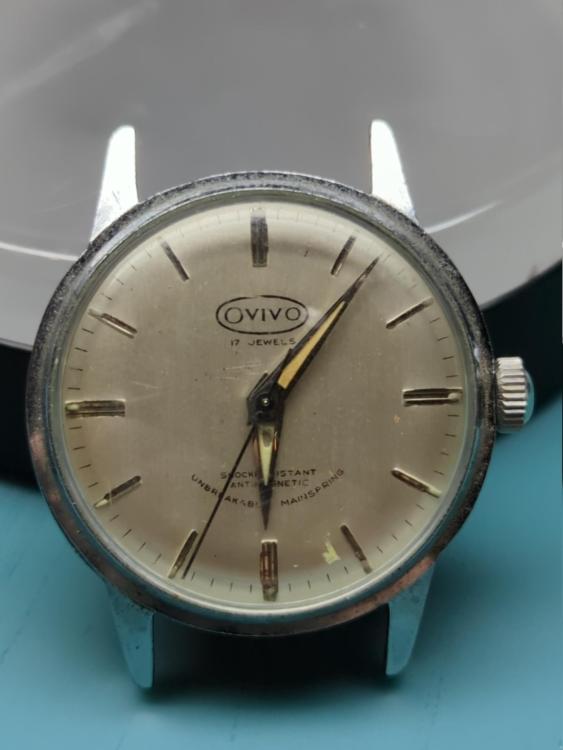
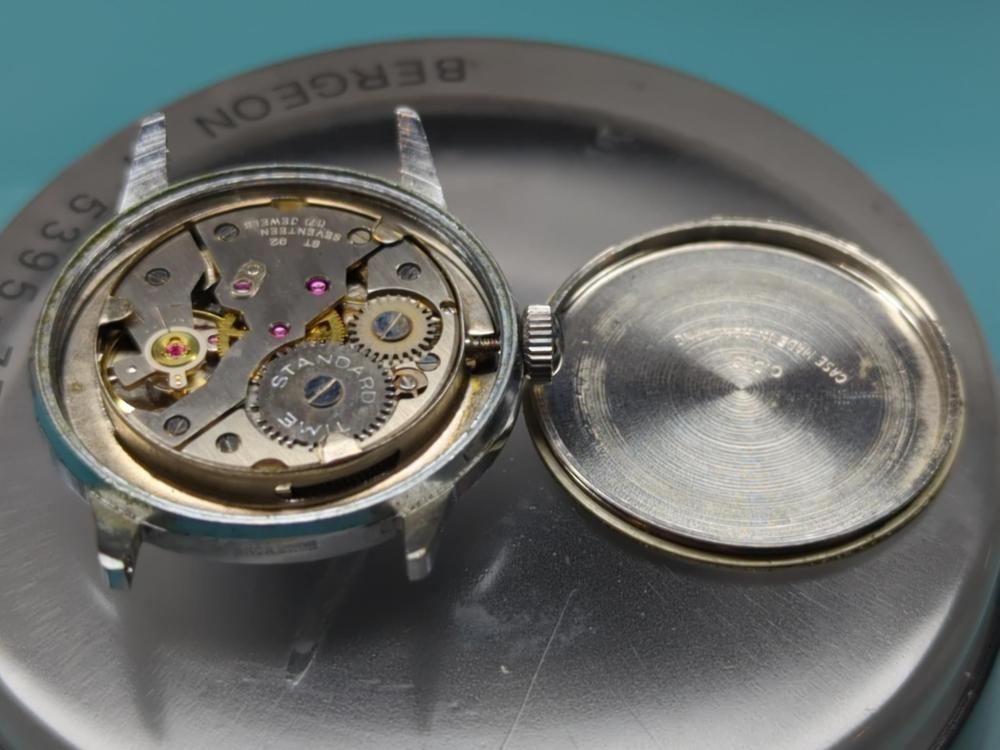
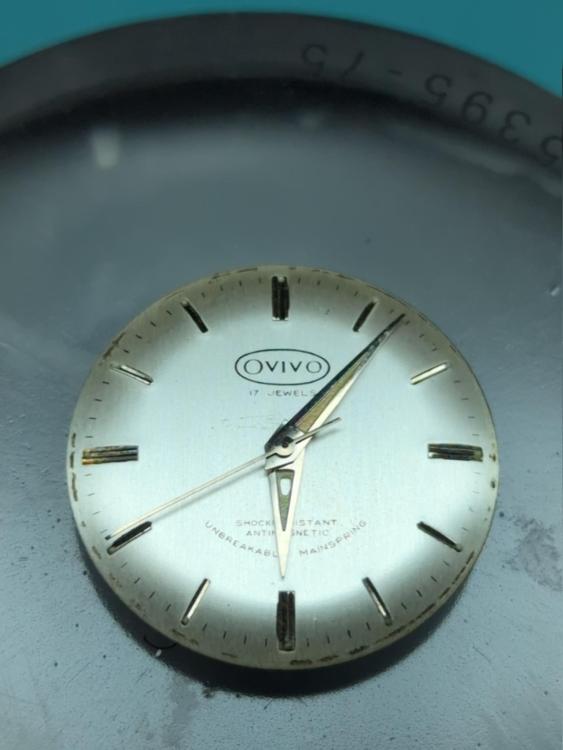
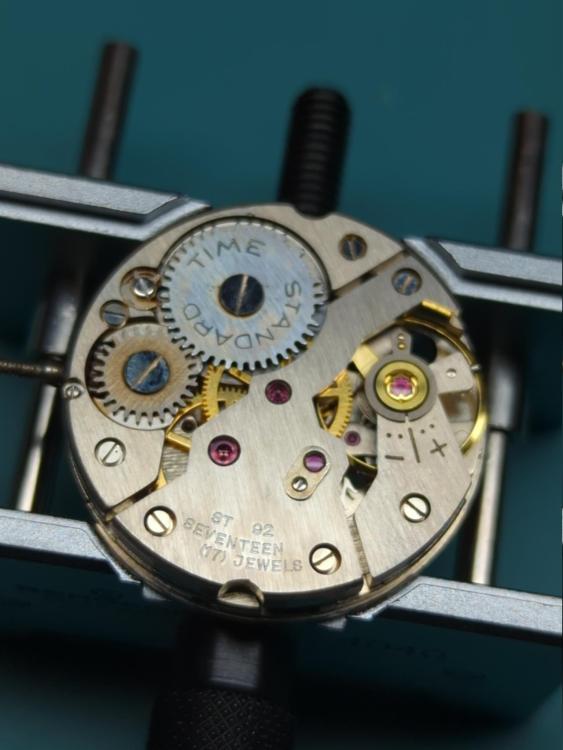


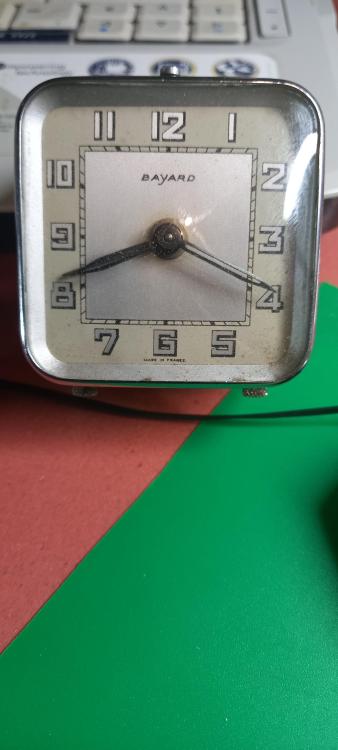
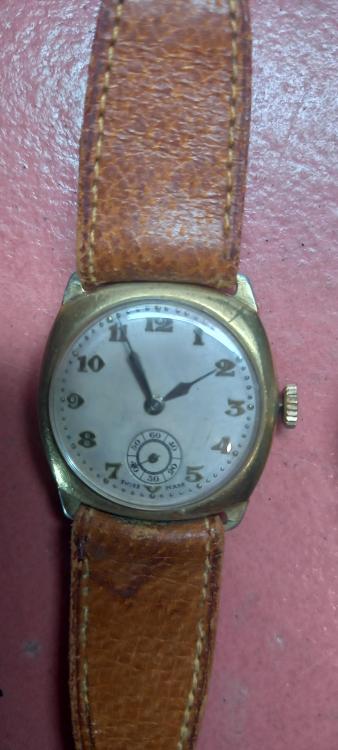
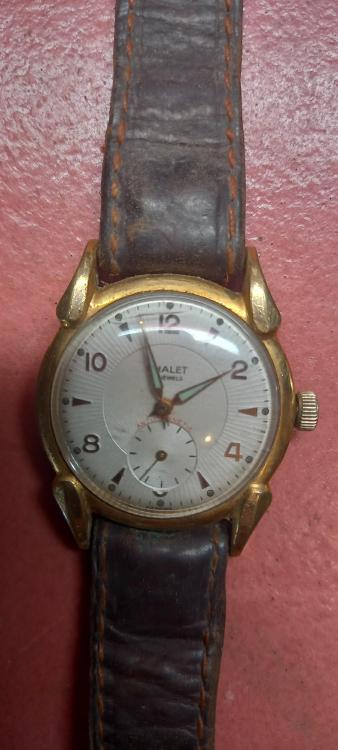
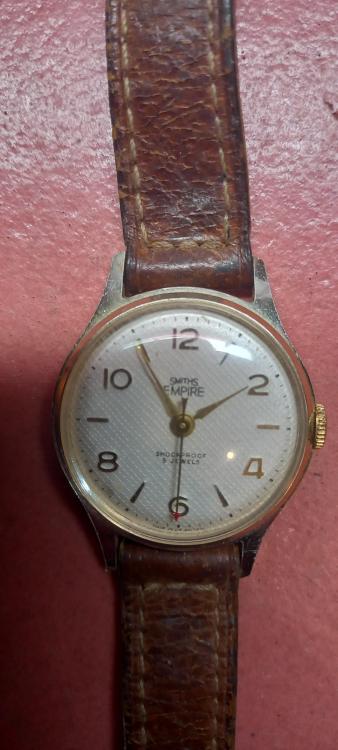

.thumb.jpg.cb17a66989f1e796fd4217db2e9ca9df.jpg)
